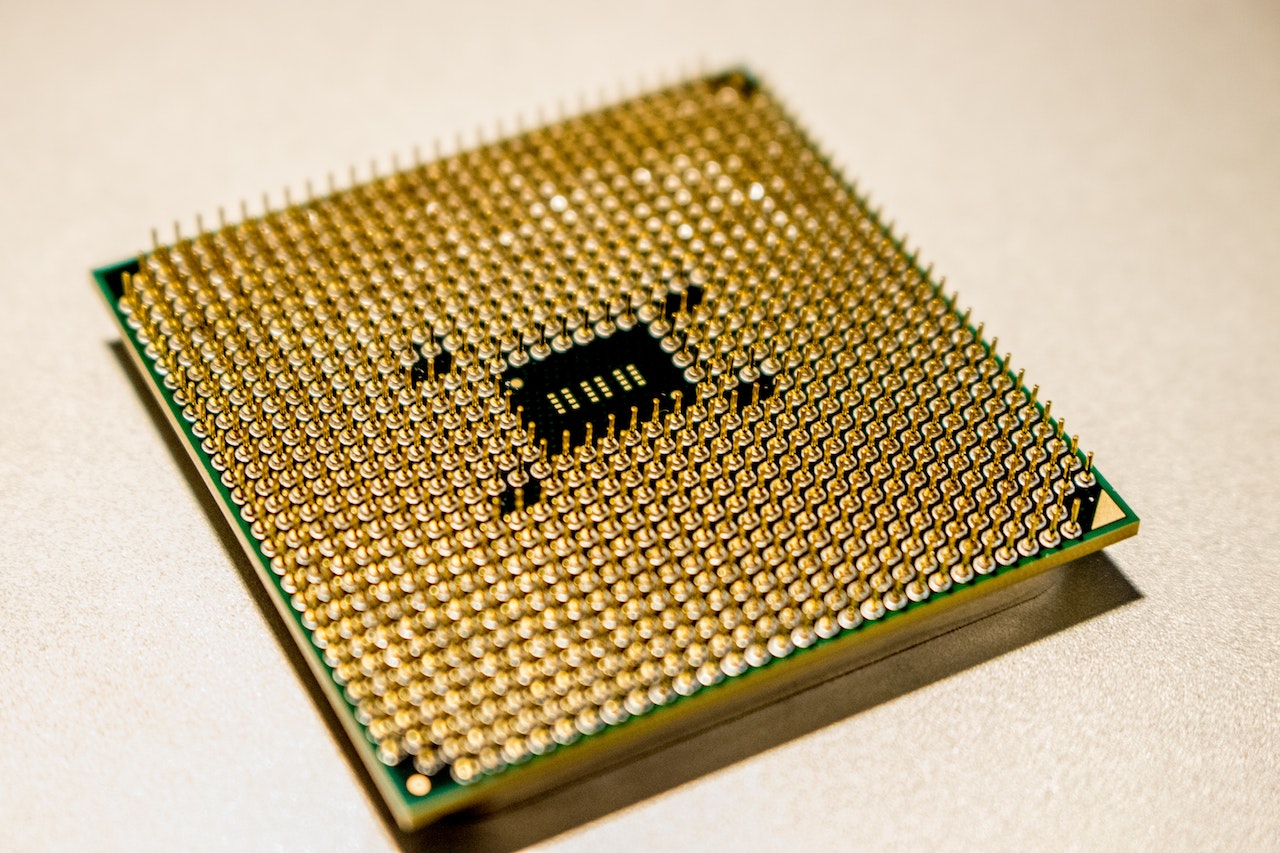IoT Trends to Keep an Eye On in 2023 and Onwards

The Internet of Things (IoT) has revolutionized the way we live and work, connecting everyday devices and objects to the internet and enabling them to communicate with each other. As we move into 2023 and beyond, there are several IoT trends that are expected to shape the future of the industry. This article will examine the most important IoT trends to keep an eye on in 2023 and beyond.
Edge Computing
Edge computing is a distributed computing architecture that processes data closer to the source of data, rather than sending it to a central location for processing. Edge computing is becoming increasingly important in IoT applications as it enables real-time processing of data and reduces the latency associated with sending data to a central location for processing. According to a report by Gartner, “by 2024, 75% of data will be processed at the edge, up from less than 10% in 2018.”
Artificial Intelligence and Machine Learning
Artificial intelligence (AI) and machine learning (ML) are becoming increasingly important in IoT applications, enabling devices to process and analyze data in real-time. AI and ML algorithms can be used to identify patterns and anomalies in data, making it possible to automate decision-making processes and optimize system performance. According to a report by Accenture, “by 2022, the IoT will use AI to process 80% of its data, compared to 10% in 2018.”
5G
5G technology is expected to play a critical role in the development and deployment of IoT devices and applications. 5G networks offer faster speeds, lower latency, and higher capacity, making it possible to support the large amounts of data generated by IoT devices. According to a report by Ericsson, “by 2026, there will be 1.9 billion 5G subscriptions for IoT, representing 25% of the total 5G subscriptions.”
Cybersecurity
Cybersecurity is a critical issue in IoT, as the increasing number of connected devices creates new security vulnerabilities. To address these security concerns, organizations are investing in cybersecurity solutions, such as encryption, firewalls, and network segmentation, to protect their IoT devices and data.
Blockchain
Blockchain is a decentralized ledger that can be used to securely store and manage data in IoT applications. Blockchain can be used to provide secure communication between IoT devices and to store and manage data in a decentralized and secure manner.
Conclusion
The IoT industry is evolving rapidly, and there are several trends that are expected to shape the future of the industry in 2023 and beyond. Edge computing, AI and ML, 5G, cybersecurity, and blockchain are some of the most important IoT trends to keep an eye on. These trends will play a critical role in the development and deployment of IoT devices and applications, driving innovation and growth in the industry.





